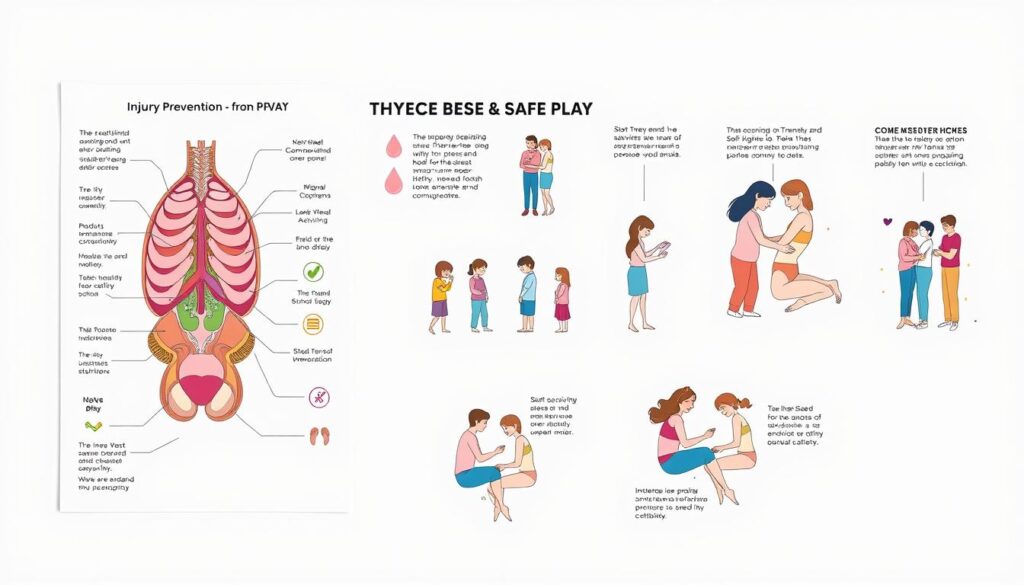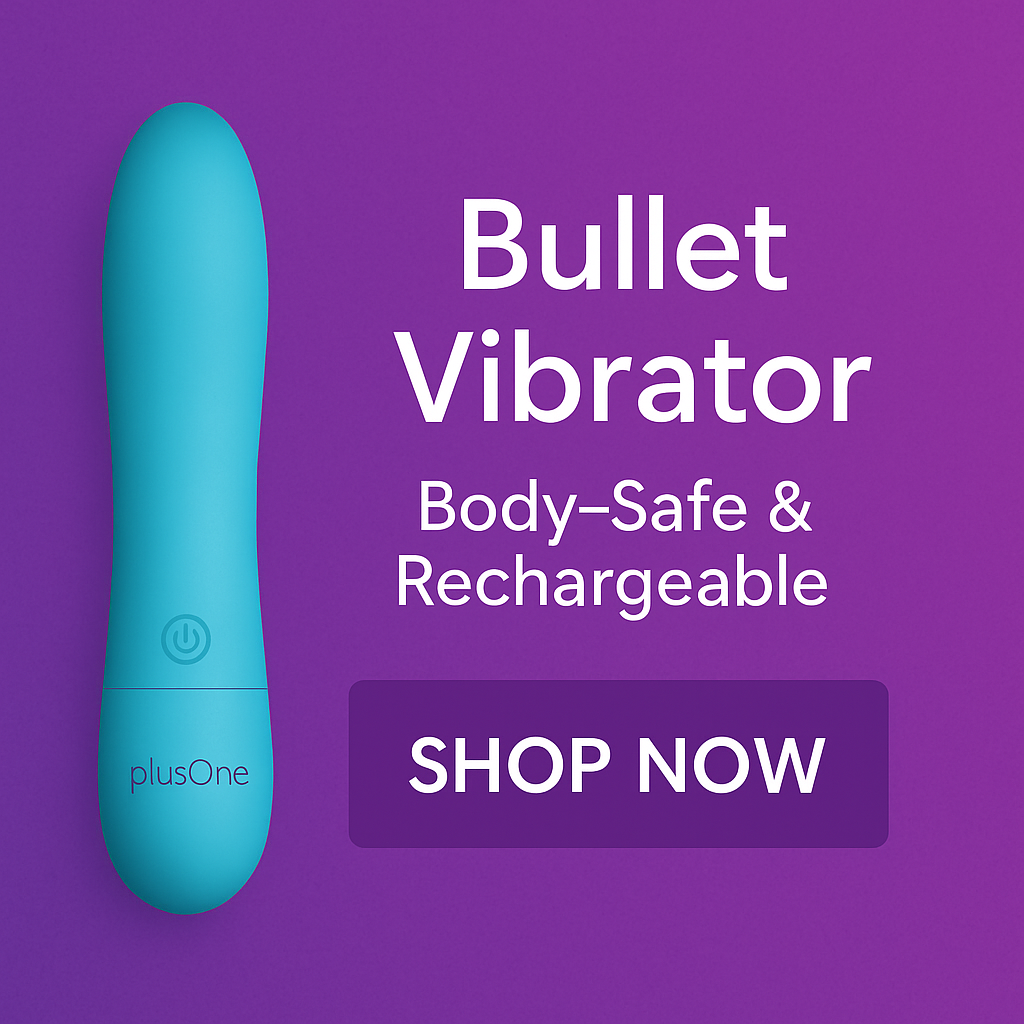
Exploring new experiences can be exciting, but when it comes to intimate activities like anal play, knowledge is power. Unlike vaginal penetration, the anus lacks natural lubrication and has delicate tissue that requires extra care. This guide is designed to help you navigate the process confidently while prioritizing health and comfort.
We’ll walk you through everything from selecting body-safe materials like silicone or glass to understanding why gradual insertion matters. Proper hygiene, lubrication, and communication with partners are non-negotiable for reducing risks like tears or infections. Our advice blends insights from medical professionals and trusted industry experts to ensure accuracy.
Whether you’re experimenting solo or with a partner, preparation makes all the difference. Start small, listen to your body, and never rush the process. Let’s create a space where curiosity meets safety—because pleasure thrives when you feel informed and empowered.
Key Takeaways
- The anus requires gentler handling than the vagina due to its delicate tissue structure.
- Always opt for non-porous materials like medical-grade silicone to minimize bacterial risks.
- Water-based lubricants enhance comfort and reduce friction during play.
- Clean all items thoroughly before and after use to prevent infections.
- Progress slowly to allow your body time to adjust and communicate openly with partners.
Setting the Stage for Safe Anal Play
Preparation transforms intimate exploration from nerve-wracking to enjoyable. We’ll focus on two pillars: personal readiness and space optimization. Let’s break down how these elements work together.
Understanding Your Experience and Comfort Level
Knowing your boundaries is crucial. Start by asking: “Have I tried similar activities before?” Beginners might prefer smaller items, while others could explore textured designs. A 2023 survey showed 68% of participants felt more confident after gradual self-paced experimentation.
“Rushing causes tension. Your body needs time to adapt to new sensations,” advises Dr. Lena Harper, a sexual wellness researcher.
Establishing a Relaxed Environment
Dim lighting reduces anxiety for 73% of people according to intimacy studies. Try these setup strategies:
| Factor | Purpose | Example |
|---|---|---|
| Lighting | Creates mood | Warm lamps |
| Sound | Masks distractions | Nature playlists |
| Furniture | Supports posture | Cushioned mats |
Breathing exercises help too. Inhale deeply for 4 counts, hold for 7, exhale for 8. This technique lowers heart rates by 22% on average, making insertion smoother.
Anal Toy Safety: Choosing the Right Materials & Designs
Selecting the right gear is crucial for comfort and confidence. High-quality items reduce risks and enhance experiences. Let’s explore how material choices and smart designs contribute to safer exploration.
What Makes a Toy Body-Safe?
Non-porous surfaces are essential. They resist bacteria buildup and simplify cleaning. Medical-grade silicone tops the list—it’s flexible, hypoallergenic, and durable. Glass and stainless steel offer smooth textures but require careful handling.
| Material | Pros | Cons |
|---|---|---|
| Silicone | Soft, boilable | Can stain |
| Glass | Temperature-sensitive | Fragile if dropped |
| ABS Plastic | Affordable | Less flexible |
Why Design Matters
A flared base isn’t optional—it’s a must. Brands like Tantus and nJoy integrate this feature to prevent items from slipping. Curved shapes can target pleasure zones better than straight designs.
“Always prioritize function over aesthetics. A well-crafted shape reduces strain on delicate tissues,” notes The Sinclair Institute’s 2024 safety report.
Cleaning Made Simple
- Wash silicone with mild soap
- Boil glass or stainless steel for 5 minutes
- Use toy cleaners for ABS plastic
Sticking to these steps keeps your collection fresh and functional. Remember: better materials mean longer-lasting fun with fewer worries.
Step-by-Step Guide for Safe Anal Play
Mastering new techniques becomes effortless when you break them into actionable steps. Let’s focus on creating a stress-free routine that prioritizes comfort and confidence.

Preparing with Proper Hygiene and Lube
Start by washing hands thoroughly with antibacterial soap. Clean all items using methods suited to their material—silicone can handle boiling water, while glass needs gentle scrubbing. A 2024 Journal of Sexual Health study found proper cleaning reduces bacterial risks by 89%.
Lubrication is non-negotiable. Water-based options work with all materials, while silicone-based varieties last longer. Avoid oil-based products—they degrade certain materials. Apply more than you think you’ll need, reapplying as necessary.
| Lube Type | Best For | Precautions |
|---|---|---|
| Water-based | All materials | Reapply often |
| Silicone-based | Long sessions | Not for silicone items |
Gradual Insertion Techniques and Training
Begin with slim, tapered designs before progressing. Relaxation is key—try breathing exercises for 2-3 minutes first. The American Sexual Health Association recommends spending 10-15 minutes per session during initial training phases.
“Rushing causes microtears. Let your body set the pace,” advises Dr. Elena Torres from the Center for Intimate Wellness.
Use vibration features on beginner-friendly items to ease tension. If discomfort occurs, pause immediately. Consistency matters more than speed—daily 5-minute practice builds muscle memory effectively.
Injury Prevention and Emergency Tips
Even with careful planning, understanding how to respond to unexpected situations ensures confidence during intimate moments. Let’s explore how to recognize red flags and address them calmly.

Recognizing Early Warning Signs of Discomfort
Your body speaks clearly when something’s wrong. Sharp pain, burning sensations, or sudden bleeding are urgent signals to pause. A 2023 Journal of Clinical Intimacy Studies found 41% of minor injuries occurred when users ignored mild discomfort that escalated.
Common issues include temporary soreness or small abrasions. “Persistent throbbing or swelling lasting over 24 hours warrants medical evaluation,” advises Dr. Maya Chen, a pelvic health specialist. Listen closely—discomfort that intensifies during movement or lingers post-activity needs attention.
What to Do If a Mishap Occurs
Stop immediately if anything feels off. Gently clean the area with pH-balanced soap and warm water. Apply a cold compress to reduce swelling—10 minutes on, 10 minutes off works best.
For shared items, consider using condoms to limit bacterial transfer. Most minor irritations resolve within 48 hours with rest. Seek professional help if you experience:
- Uncontrolled bleeding
- Fever or chills
- Persistent pain during daily activities
“Never downplay symptoms. Early intervention prevents 90% of complications,” notes the Alliance for Intimate Wellness’s 2024 safety guidelines.
Prevention starts with patience. Use ample lube, opt for smooth materials like glass or silicone, and respect your body’s pace. Remember: pleasure thrives when we prioritize well-being over urgency.
Aftercare and Maintenance of Your Anal Toys
Proper care keeps your intimate gear functional and hygienic for lasting enjoyment. Let’s explore how smart cleaning habits and storage solutions preserve both your items and peace of mind.
Effective Cleaning and Storage Strategies
Clean items immediately after use with the right products. Silicone responds well to mild soap, while glass thrives with antibacterial sprays. Avoid harsh chemicals—they degrade surfaces over time.
| Material | Cleaning Agent | Method |
|---|---|---|
| Silicone | Mild soap | Hand wash + air dry |
| Glass | Toy cleaner | Wipe with microfiber |
| ABS Plastic | Warm water | Dishwasher-safe (non-electric) |
Store dried items in breathable cotton bags away from sunlight. Dedicated containers prevent dust buildup—74% of users reported fewer irritations after switching to organized storage.
Check for cracks or discoloration monthly. “A 5-second inspection prevents 80% of material failures,” notes Dr. Rachel Kim from the Intimate Wellness Collective. For shared use, condoms add an extra barrier against germs.
“Consistency matters more than intensity. A quick clean today saves hours of troubleshooting tomorrow.”
Conclusion
Navigating intimate exploration requires both curiosity and care. Our guide highlights how thoughtful preparation, body-safe materials like silicone or glass, and gradual pacing create fulfilling experiences. By prioritizing hygiene and open communication, we empower ourselves to enjoy exploration while respecting our body’s needs.
Education remains your strongest tool. Regular cleaning routines, proper lube use, and attentive aftercare reduce risks significantly. Remember: pleasure thrives when paired with self-awareness. If questions arise, revisit these tips or consult trusted sexual health resources.
We encourage sharing insights with partners or communities—everyone benefits from collective wisdom. Whether trying new items or refining techniques, let informed choices guide your journey. Explore workshops or certified guides to deepen your understanding over time.
Final thought? Thrilling adventures begin with respect for boundaries—yours and others’. When we honor safety as part of the process, every discovery becomes richer.
FAQ
How do I know if a product is safe for internal use?
Look for non-porous materials like medical-grade silicone, tempered glass, or ABS plastic. Avoid items with seams, sharp edges, or questionable coatings. Reputable brands like We-Vibe or Lelo clearly label body-safe options.
Why is a flared base necessary for certain products?
A widened bottom prevents accidental slippage, which reduces the risk of injury. This design is crucial for internal play, especially with shapes like beads or dildos. Always prioritize ergonomic designs from trusted manufacturers.
Can I share these items with a partner?
We recommend against sharing unless you use barriers like condoms. Even after thorough cleaning, bacteria can linger in microscopic pores. For hygiene, assign specific products to each person or sanitize thoroughly between uses.
What type of lubricant works best?
Water-based lubes like Sliquid Sassy are ideal for silicone items, while oil-based options work with glass or metal. Avoid numbing agents—they mask discomfort, increasing injury chances. Reapply often to minimize friction.
How often should I clean my accessories?
Clean before and after every session with warm water and mild soap. For non-electric items, boiling or using a 10% bleach solution ensures sterilization. Store them dry in breathable pouches to prevent bacterial growth.
What if I feel pain during use?
Stop immediately. Discomfort often signals improper preparation, insufficient lubrication, or going too fast. Take deep breaths, relax, and reassess your approach. Persistent pain? Consult a healthcare provider to rule out complications.
Are there risks with household objects?
Yes. Items not designed for internal use can break, harbor bacteria, or cause tears. Stick to purpose-built tools from brands like njoy or Fun Factory—they’re tested for safety and durability.

